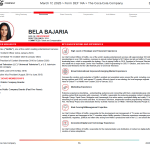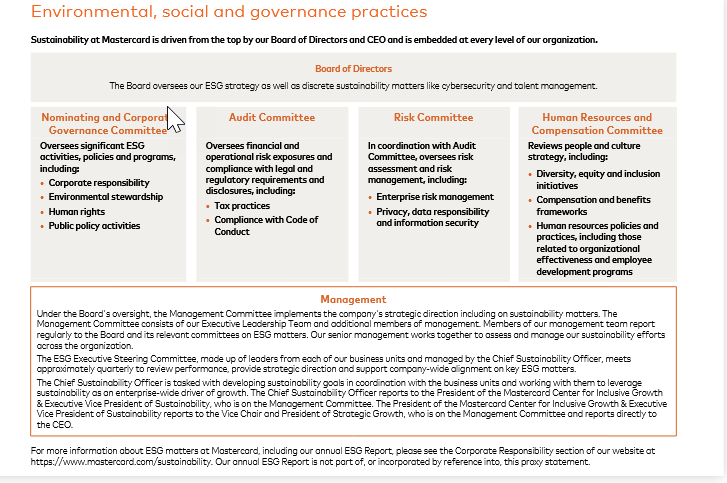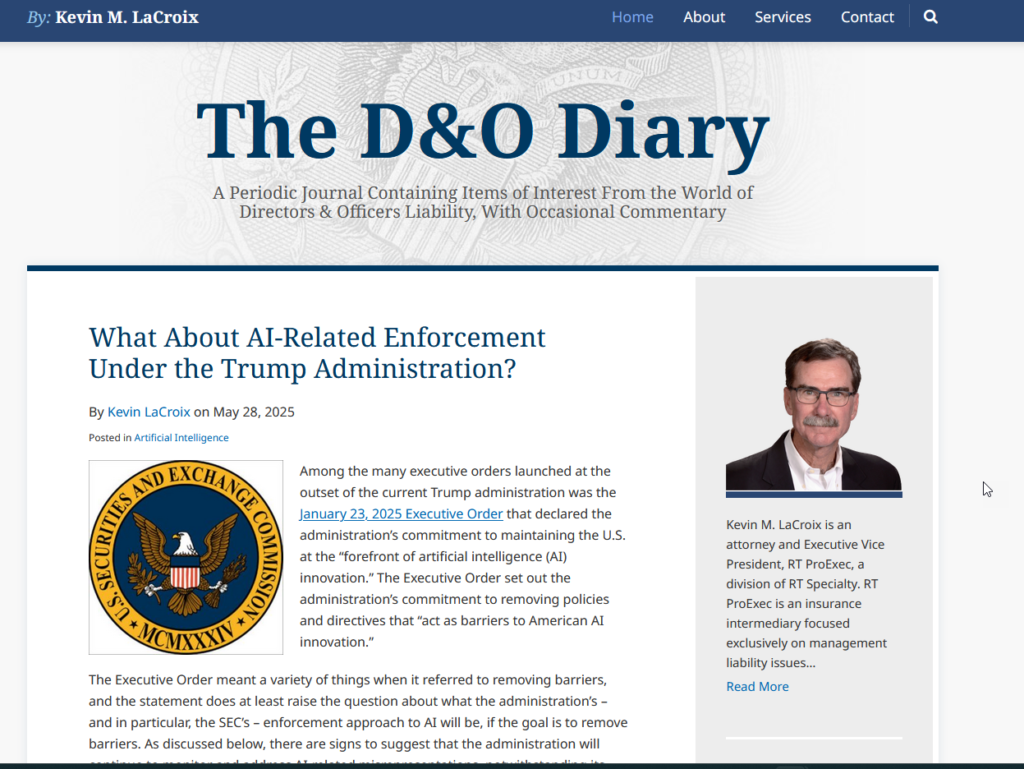With the “6th Annual Transparency Awards” in the US behind us, it’s a good time to be thinking about “what is ‘transparency’ anyway?”
Defining “transparency” as applied to corporate disclosure is not be as easy as some think. It’s the province of those far beyond the lawyers and other practitioners that draft and review disclosures included in SEC filings, in ESG and sustainability reports, in communications with investors, employees, customers, and other stakeholders. CEOs and other corporate leaders, including boards of directors, should be invested in transparent disclosure because it creates real value for businesses.
Transparency is a mindset, one requiring a real commitment at the top, down, and across.
People are already asking: “Can we trust this company?” People will increasingly ask it, particularly as the impacts of climate change continues. Transparent disclosure can cause customers, communities, regulators and investors to answer that question positively. Greater transparency benefits all stakeholders and is particularly attractive to investors interested in a long-term investment.
Investors and regulators are demanding more transparency into the purpose, strategy and the underlying operating and financial performance of companies. In the current investor climate more than ever before, companies meet investor expectations by providing more detail about how their businesses create value, and by providing guidance on the most important operating metrics that illuminate what drives value creation in the medium to long-term.
“Compliance only” disclosure limited to what is mandated by regulatory frameworks and accounting standards can limit the information that investors need to make thoughtful investment decisions. For example, US GAAP requires a company to disclose sales, profitability, depreciation and amortization, capital expenditures, and balance sheet items for each business segment. However, limiting disclosure to merely what is required by the accounting framework makes it challenging for investors to assess value across companies that have different strategies.
Transparency is about the ongoing evolution of corporate disclosure from a compliance orientation to a more useful orientation as companies increasingly should be campaigning to instill the kind of trust in your business that draws customers, investors and employees, garners votes at annual shareholder meetings and makes your company attractive to all those that encounter it.
Part 2 of this blog lists eight things that can help you understand what “transparency” is – and isn’t…



























